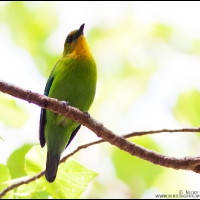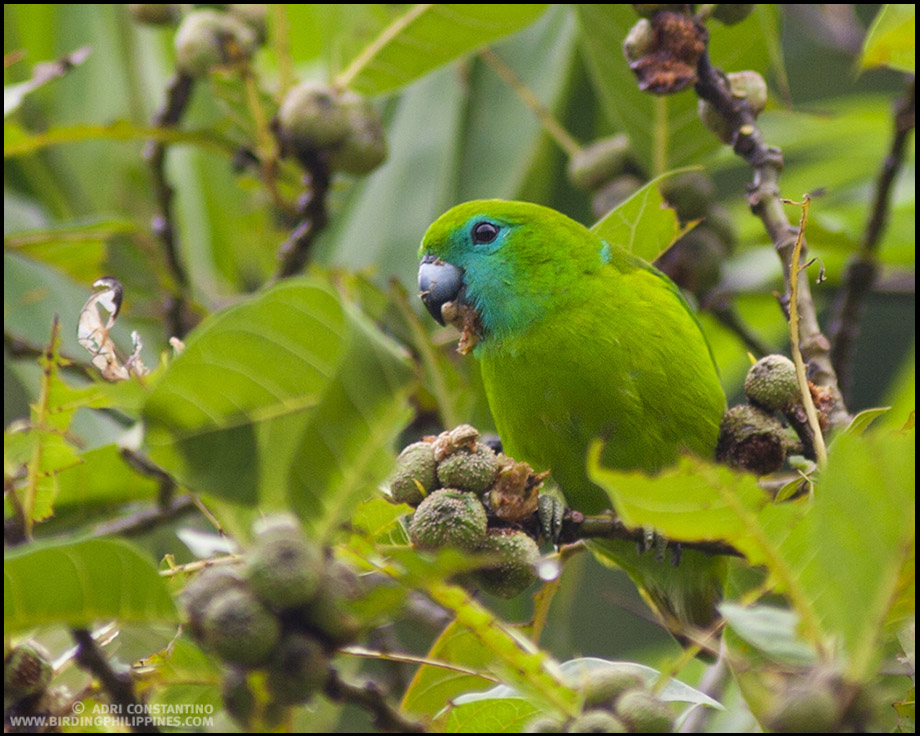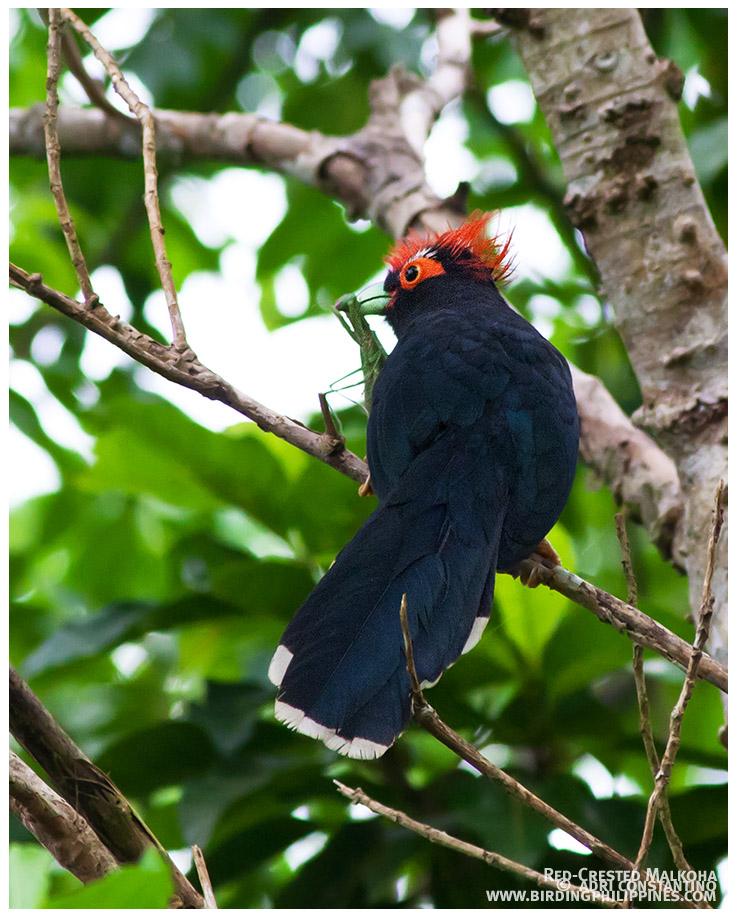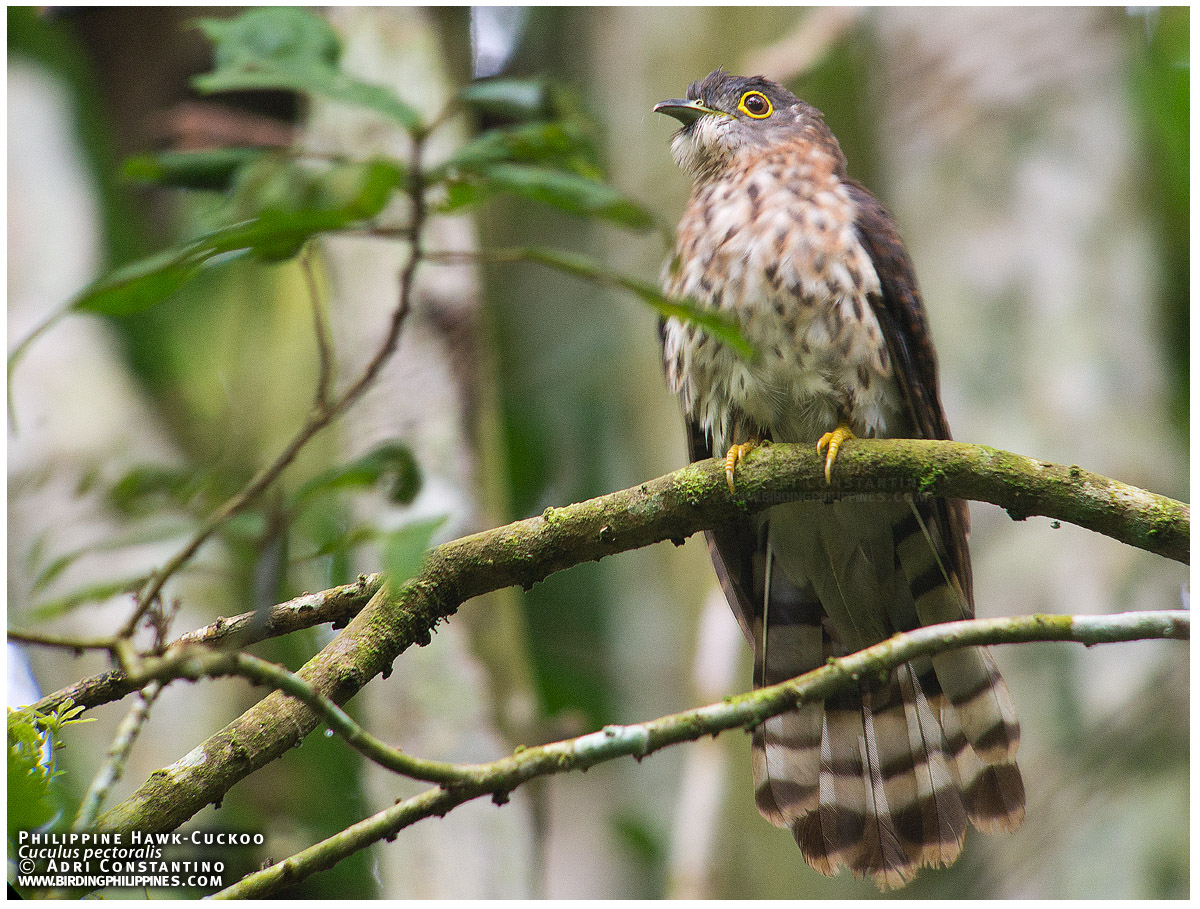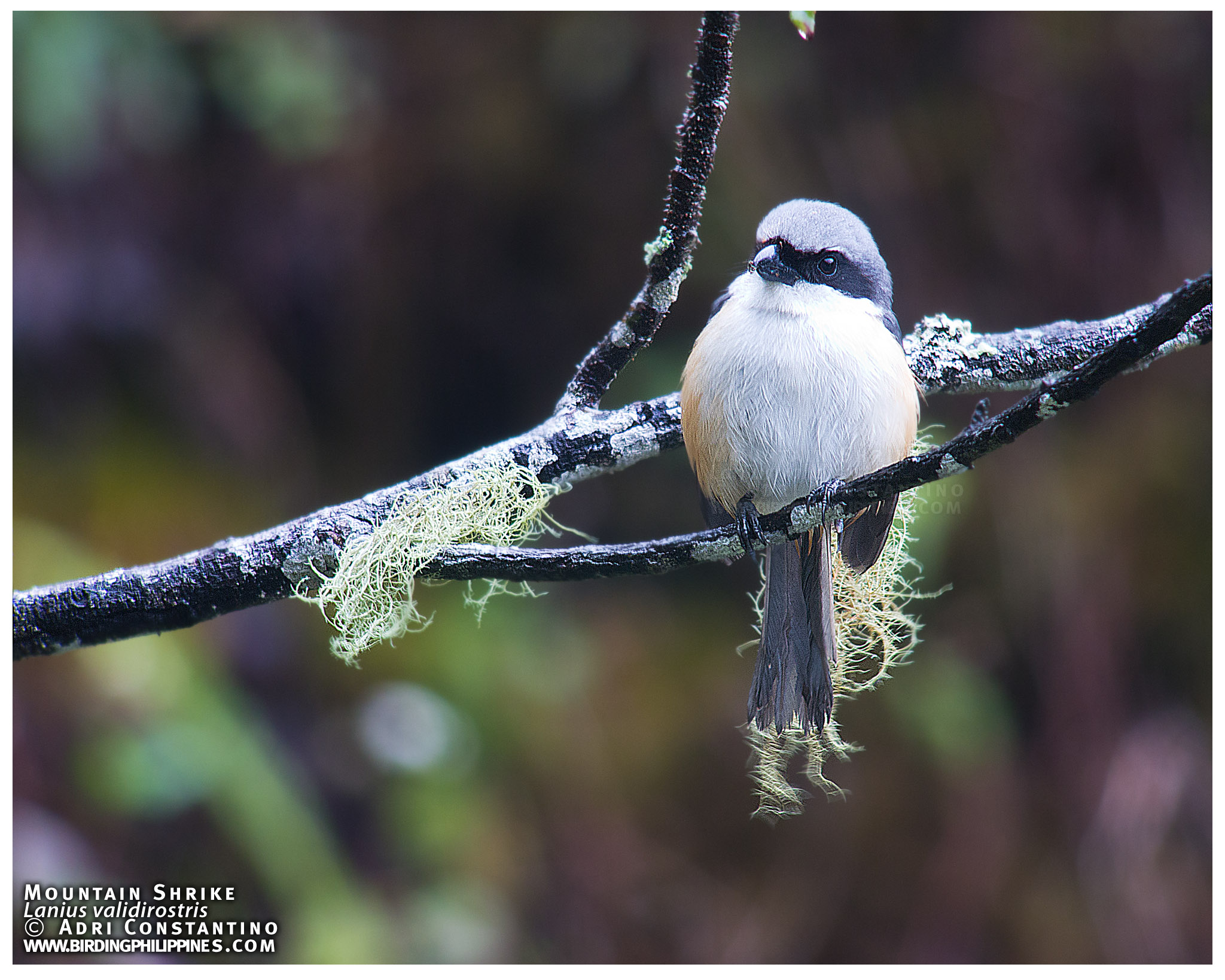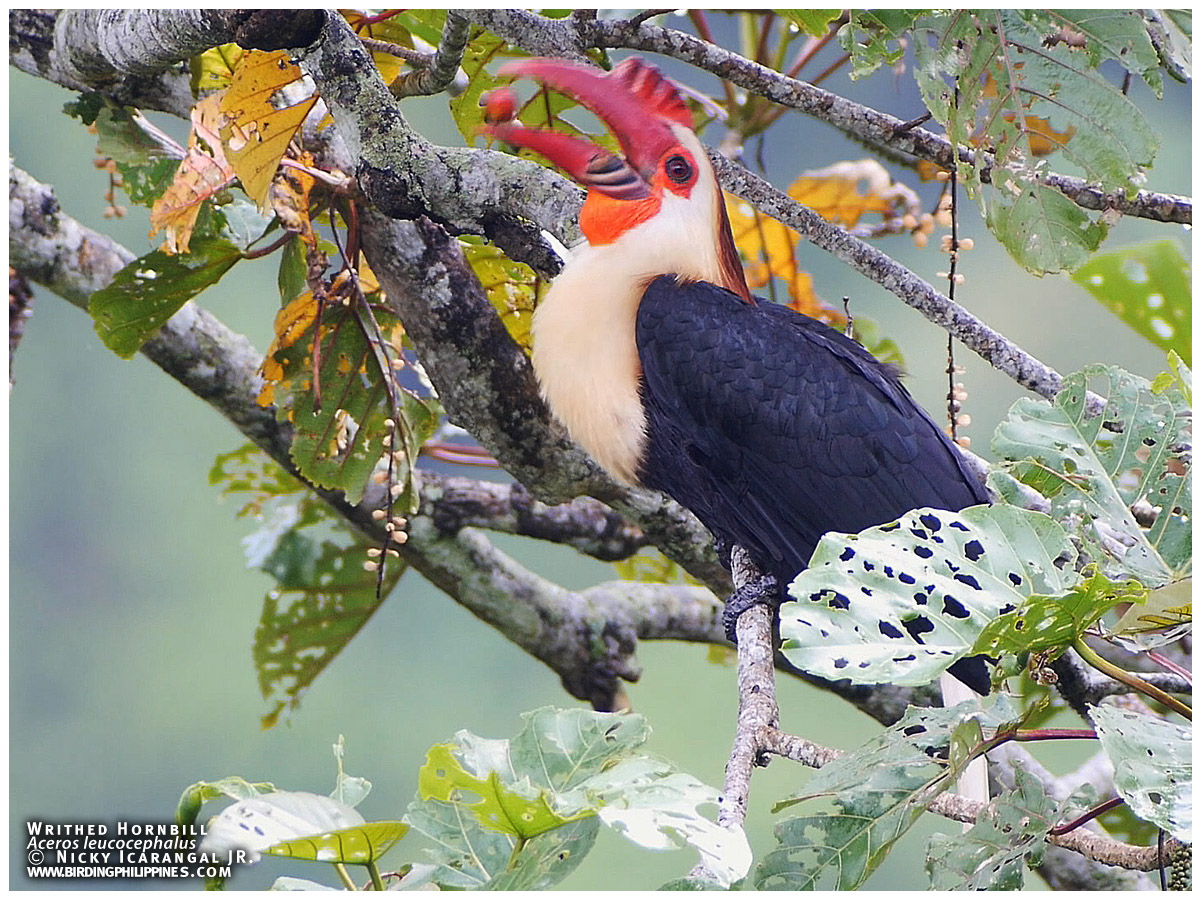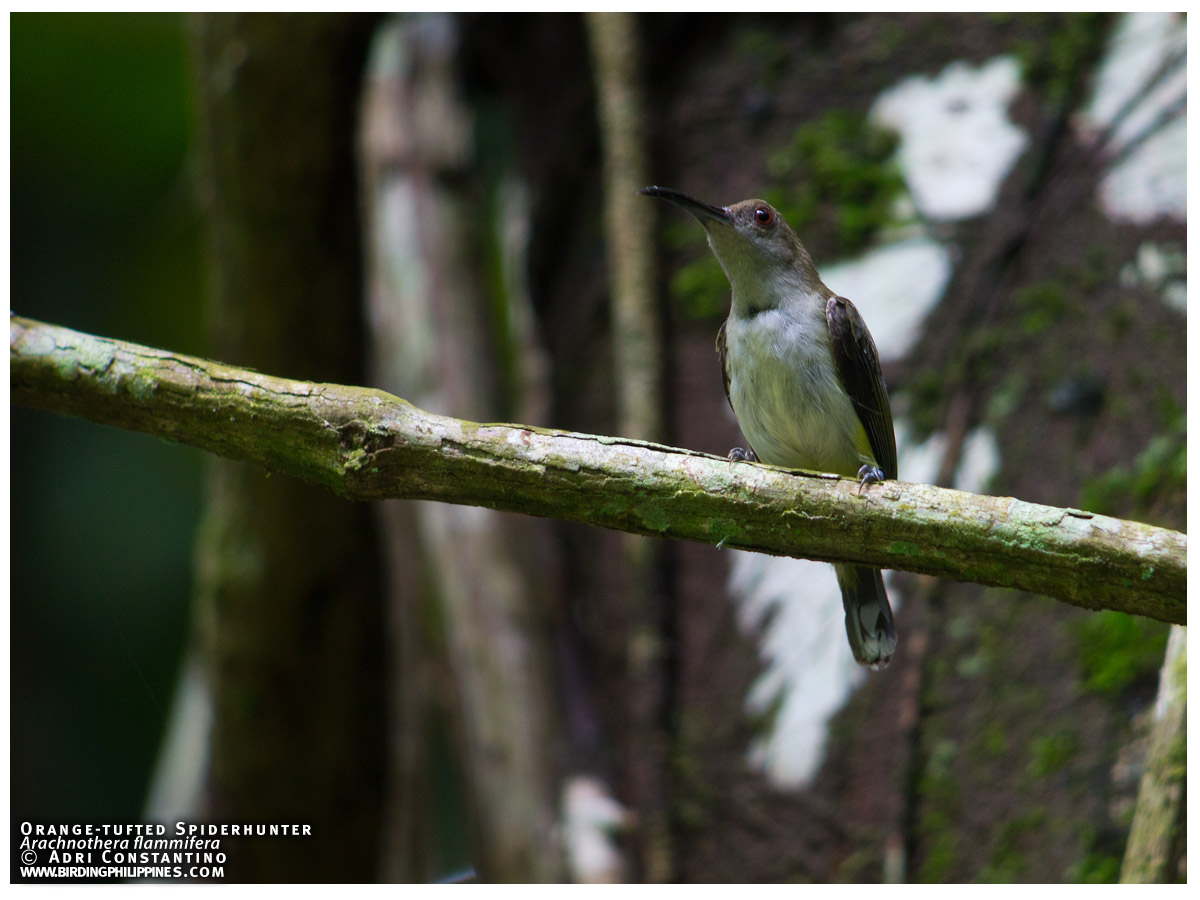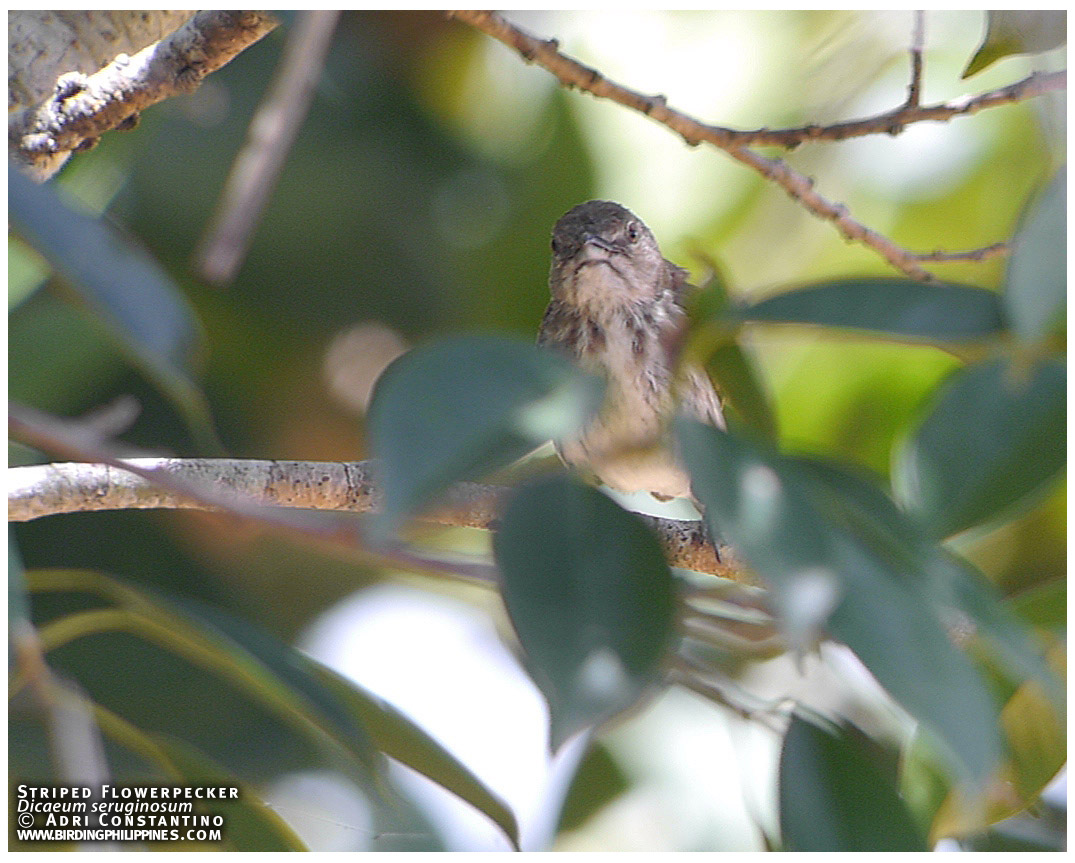News & Updates
Yellow-throated Leafbird
Palawan is one of the major destinations for birding in the Philippines. It is distinctively different from the rest of the country in terms of avian diversity. The avifauna here is similar to that of mainland Asia with overlapping species like Black-headed Bulbul, Ashy Tailorbird, Asian Fairy Bluebird, Chestnut-breasted Malkoha among others. The island of Palawan is a long strip of land that has several endemics as well, such as this stunning Yellow-throated Leafbird.
This Yellow-throated Leafbird is one of two endemic leafbirds in the Philippines. This leafbird prefers the canopy of trees, often seen feeding with mixed flocks composed of Hair-crested and Ashy Drongos, Fiery Minivet, Palawan Tit, and Lovely Sunbird.
Yellow-throated Leafbird Chloropsis palawanensis
June 2013, Sabang, Puerto Princesa City, Palawan, Philippines
Video by Nicky Icarangal, JR.
Digiscoped with a Swarovski ATX 95 HD, Panasonic GH3 with Swarovski TLS-APO Adapter
A Pair of Guaiaberos
This is a pair of Guaiaberos inspecting a possible nest hole in La Mesa Ecopark, one of the remaining green spaces within Manila. Guaiaberos are endemic green parrots that can be found only in the islands of Luzon, Samar, Leyte and Mindanao. They are voracious fruit eaters preferring the fig tree locally known as "Tibig" (Ficus nota) and the Macaranga tree. They are usually seen in singles or in pairs but when the Tibig or Macaranga tree is fruiting, sometimes they can be seen in big flocks of 20 or more together with other frugivores like White-eared Brown Doves and Philippine Green Pigeons. The Guaiaberos' all green plumage blends well with the surroundings but they can be easily detected by their high pitched calls given in flight or when feeding.
The male Guaiabero has aqua blue lores, cheeks and chin and collar while the female has an almost green head with a yellowish gold collar. They build their nests in abandoned termite mounds in the big branches of trees.
A Pair of Guaiaberos, Bolbopsittacus lunulatus
March 2014, La Mesa Ecopark, Quezon City, Manila, Luzon, Philippines
Video by Adrian Constantino
Digiscoped with a Swarovski 80 ATM HD, Panasonic G3, Panasonic 20 mm F1.7 lens, Swarovski UCA (Universal Camera Adapter)
Rough-crested (Red-crested) Malkoha
Malkohas are a group of birds belonging to the cuckoo family. The word Malkoha means "flower-cuckoo" probably because of the funky and very colorful plumage of the head and face of these birds. They are known to be skulkers, preferring the under canopy, hopping from one branch to the other while looking for insects and grubs. Featured here is a Rough-crested (or Red-crested) Malkoha, one of the two endemic Malkohas in the Philippines. This malkoha can be found only in the lowland forests and forests edge of Luzon and has a varied diet of grasshoppers, caterpillars, as well as other small insects. It is a nest-raider and will eat the chicks and eggs of other birds. Unlike the other members of the cuckoo family, this Rough-crested Malkoha is not a nest parasite and builds its own nest. The other Philippine endemic Malkoha is the equally-beautiful Scale-feathered Malkoha which we will feature in a succeeding post.
Rough-crested (Red-crested) Malkoha, Phaenicophaeus superciliosus
February 2015, Mt. Makiling, Los Baños, Laguna, Luzon, Philippines
Video by Adrian Constantino
Digiscoped with a Swarovski 80 ATM HD, Panasonic G3, Panasonic 20 mm F1.7 lens, Swarovski UCA (Universal Camera Adapter)
Philippine Hawk-Cuckoo mobbed by a Black-naped Monarch
The Philippine Hawk-Cuckoo is a Philippine endemic ranging from the lowlands up to high elevations from the major islands of the Philippines. It was formerly lumped with the Hodgson's Hawk-Cuckoo but now regarded as as a separate species due to the difference in vocalizations.
The breeding biology of Philippine Hawk-Cuckoo is poorly studied but it is most likely a nest parasite. It is a medium-sized bird, almost 12 inches from beak to tail but here it is being mobbed by a smaller Black-naped Monarch. The monarch most likely is defending a nearby nest while the cuckoo is just having his breakfast!
Philippine Hawk-Cuckoo, Cuculus pectoralis
August 2013, Eden Nature Park, Toril, Davao, Mindanao, Philippines
Video by Adrian Constantino
Digiscoped with a Swarovski 80 ATM HD, Panasonic G3, Panasonic 20 mm F1.7 lens, Swarovski UCA (Universal Camera Adapter)
Mountain Shrike from the Cordilleras [HD]
The Mountain Shrike is a high elevation endemic found only in the islands of Luzon, Mindoro and Mindanao. It prefers clearings and open areas adjacent to montane forest and is a prolific hunter, preying on lizards, small mammals like rodents and shrews and frogs. It likes to perch on branches near clearings as these provide good vantage points while looking for prey.
These are recent videos of a nice pair from Mt. Polis taken during our recently concluded 2015 Tours. An older video from 2010 showing an immature Mountain Shrike can be seen here.
Mountain Shrike, Lanius validirostris
March 2015, Mt. Polis, Mountain Province, the Cordilleras, Luzon, Philippines
Video by Adrian Constantino
Digiscoped with a Swarovski 80 ATM HD, Panasonic G3, Panasonic 20 mm F1.7 lens, Swarovski UCA (Universal Camera Adapter)
Merry Christmas and a Happy New Year!
A regurgitating Writhed Hornbill [HD]
This is a video of a male Writhed Hornbill regurgitating a fig fruit in the slopes of Mt. Apo Natural Park. The Writhed Hornbill is a Mindanao endemic and prefers lowland forests up to 1200 meters. Just like most hornbills, they nest in the cavities of tall trees, enclosing the female hornbill in using mud, while the male hornbill delivers food both to the female and the chicks, cleans the nest, and does other chores. Regurgitation is the major strategy of the male hornbill when feeding a nesting female and chicks enclosed in its nest.
This Writhed Hornbill, plus the majestic Rufous Hornbill and the smaller Mindanao Taricitc Hornbill completes the Mindanao hornbill trio.
Writhed Hornbill, Aceros leucocephalus
March 2014, Mt. Apo Natural Park, Davao, Mindanao, Philippines
Video by Nicky Icarangal, JR.
Digiscoped with a Swarovski 95 STX HD, Panasonic GH3, Swarovski APO-TLS
Orange-tufted Spiderhunter
This is a short video of an Orange-tufted Spiderhunter resting after a few minutes of feeding in the forest canopy. This is a Philippine endemic ranging only in the islands of Mindanao, Bohol, Samar and Leyte and is a recent split from the Little Spiderhunter complex. With the new and updated IOC list, the Orange-tufted Spiderhunter has become one of the three endemic spiderhunters in the Philippines, together with Naked-faced Spiderhunter (endemic to Luzon and Mindanao) and Pale Spiderhunter (endemic to Palawan).
Spiderhunters are omnivorous. As the name implies, they prefer to pluck small spiders from the center of spiderwebs, as well as forage for other small insects such as crickets and butterflies in the forest canopy. Their long, decurved bills together with the long and thin tongue (check it out at around 0:35 into the video) also enable them to drink nectar from flowers, a trait shared with sunbirds, their close relatives.
Orange-tufted Spiderhunter, Arachnothera flammifera
June 2014, Eden Nature Park, Toril, Davao, Mindanao, Philippines
Video by Adrian Constantino
Digiscoped with a Swarovski 80 ATM HD, Panasonic G3, Panasonic 20 mm F1.7, Swarovski UCA
Feeding Striped Flowerpeckers
This is a video of feeding Striped Flowerpeckers, tiny, uncommon, very active birds endemic to the Philippines. They are found in most islands of our archipelago, but the most reliable (and accessible) sites for them are in Mt. Makiling in Laguna and in Puerto Princesa, Palawan. The Striped Flowerpecker looks very similar to a Grey-streaked Flycatcher, but can be easily differentiated by observing their behavior: the Striped Flowerpecker wags its tail from side to side while Grey-streaked Flycatcher prefers to perch on exposed treetops and flies out and returns to the same perch. They are efficient seed dispersal agents (especially mistle-toe, check out how in our posts here.) Some taxonomists lump this species with Thick-billed Flowerpecker, a flowerpecker ranging in other Southeast Asian countries.
Feeding Striped Flowerpeckers, Dicauem aeruginosum
June 2014, Mt. Makiling, Laguna and Kasibu, NUeva Viscaya
Video by Adrian Constantino


